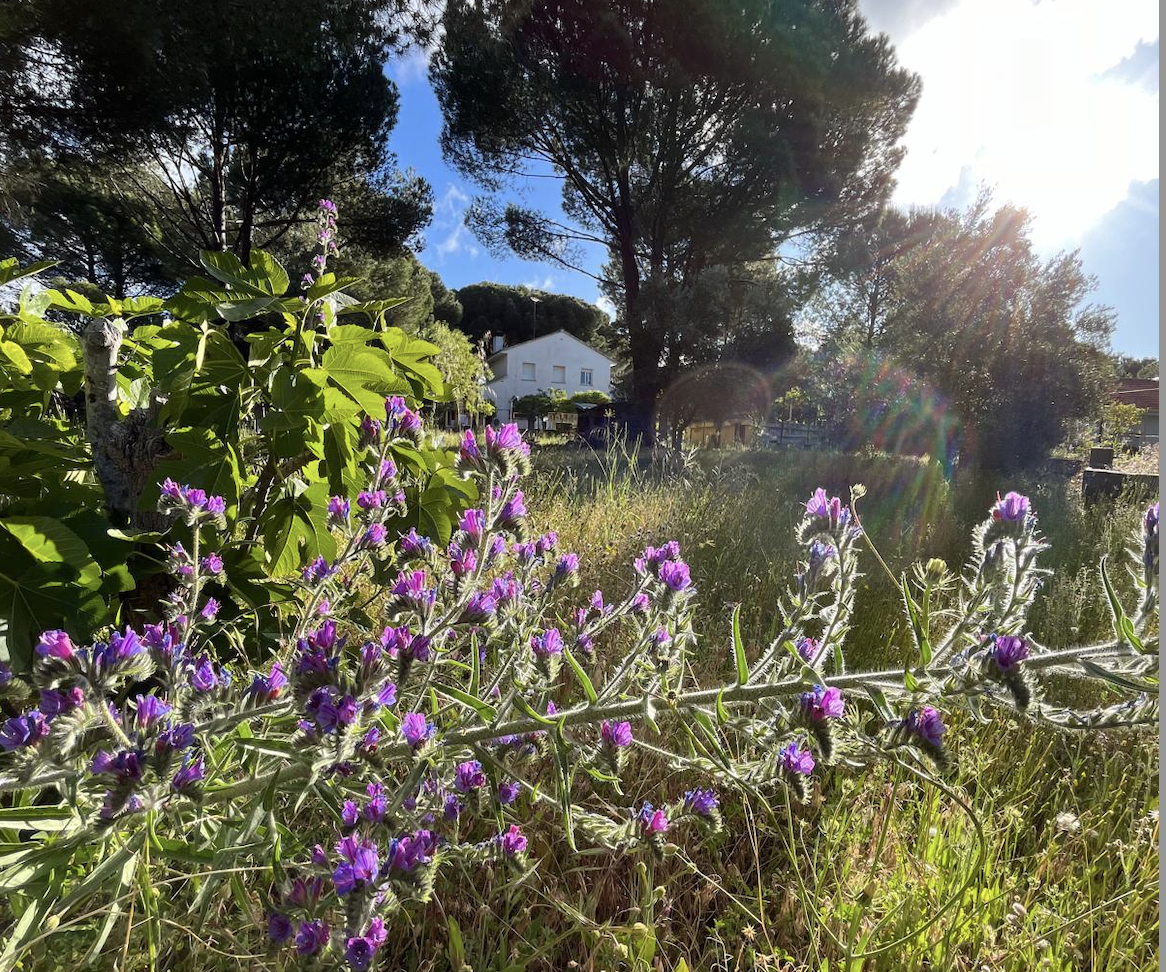
Rural Vitality and Biodiversity: How the CAP Helps People and Nature Thrive
The EU’s Common Agricultural Policy (CAP) goes beyond supporting crops, livestock, and farming. It also recognises the close connection between agriculture, rural communities, and the natural environment. Healthy rural communities help farming flourish, and healthy ecosystems keep fields productive and wildlife buzzing. The CAP makes sure both sides of this equation get the attention they need.
The CAP works through two main pillars. Pillar I provides direct support to farmers and includes eco-schemes, which reward environmentally friendly practices. Pillar II focuses on rural development, helping villages stay lively, connected, and economically resilient. Both pillars aim to create a countryside where people, food, and nature can all thrive side by side.
Strengthening Rural Communities
Pillar II is put into action through Rural Development Programmes (RDPs). These programmes must follow EU-wide rules to ensure funding makes a real difference. For example, at least 30% of rural development spending must be dedicated to measures that benefit the environment or climate, ensuring that rural investment contributes to long-term sustainability. In addition, at least 5% of the budget must support community-led local development based on the LEADER approach, empowering local actors to design and deliver solutions tailored to their own rural areas.
Strengthening rural areas is essential for the long-term viability of European farming. This includes improving access to digital infrastructure, such as broadband, so that rural communities are not left behind in technological development. Pillar II also supports the diversification of rural economies, helping farmers expand beyond traditional agricultural activities, for example, into agrotourism, local product processing, or other rural services.
At its core, Pillar II promotes community, cooperation, and innovation. It encourages bottom-up development, where local partnerships identify challenges and opportunities and receive support to implement solutions that enhance the resilience and vitality of rural communities, which is known as the LEADER approach.
Safeguarding Biodiversity
Biodiversity is a cornerstone of long-term agricultural prosperity. One way scientists track the state of European ecosystems is through the Common Bird Index, developed by the European Environment Agency (EEA). Since monitoring began in 1990, populations of common birds have fallen by around 15%. This decline is mostly caused by intensive farming, habitat loss, and land conversion—clear signs that nature needs our help.
Agricultural intensification, land conversion, and habitat loss all contribute to this decline. Recognising this, the CAP sets baseline environmental rules, known as conditionality, and encourages nature-friendly practices through eco-schemes. For example, creating habitats for pollinators, planting hedgerows, adopting low-input management, or restoring ecological features. This initiative rewards proactive environmental conservation and supports the protection and restoration of biodiversity across agricultural landscapes.
These actions may seem small but can have big impacts. A single hedgerow can host over 2,000 species of insects, birds, and small mammals. A farm pond can be more biodiverse than a forest patch of the same size, supporting frogs, dragonflies, and tiny crustaceans. Even planting a few rows of wildflowers can attract hundreds of bees and butterflies, which helps crops thrive. CAP support also preserves over 3,000 local crop varieties across Europe, from ancient wheat to heirloom apples, keeping traditional flavours and resilience alive.
Building a Rural Future That Works for People and Nature
The CAP’s focus on rural vitality and biodiversity reflects that farming only thrives when rural communities and ecosystems thrive as well.
By investing in digital access, economic diversification, and community-led development, the policy helps rural areas remain dynamic and resilient. At the same time, through conditionality and eco-schemes, it supports a transition towards farming that works with nature.
A greener future for agriculture depends on both strong rural communities and healthy environments. With the CAP, the EU aims to ensure that the countryside remains a place where people can live, work, innovate, and produce food sustainably.





